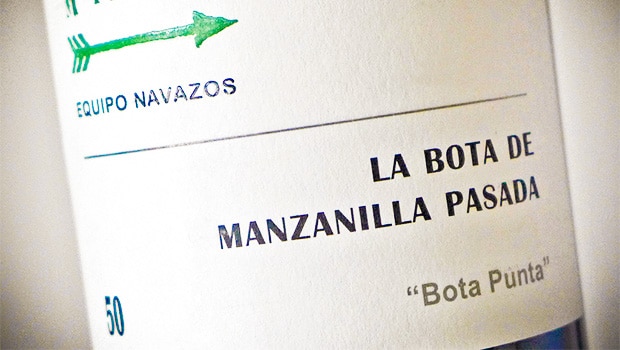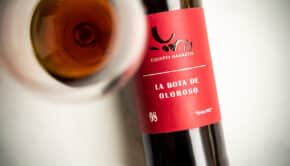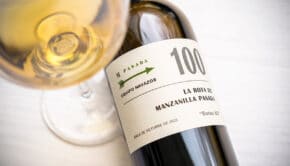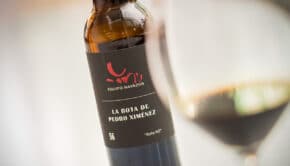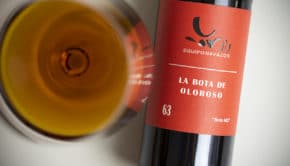Bota Punta / Bota NO
In some of the bottlings from Equipo Navazos (actually quite a lot of them) the label will mention Bota NO or Bota Punta. These are special casks within a solera, often with a singular profile that’s different from the other barrels. Let’s look into these interesting casks.
Bota NO
NO simply means: don’t refresh this barrel like the rest of the solera. This is usually after the cellarmaster detected a slightly deviant profile which he wants to preserve. Topping such a cask with new wine could take away its personality. Since it is not refreshed, the average age of the wines inside a Bota NO will increase rapidly, creating more intense results.
The reasons for the deviation can be very wide, from a specific location to unintentional contaminations or a different fill level, but usually it is related to the wood, which sometimes contains specific bacteria and therefore disturbs the development of the wine, especially in the case of biological maturation under a layer of flor.
Sometimes the Bota NO is just reserved for the bodega owners, for the cellarmaster or for visitors, but obviously they’re a perfect victim for small-scale releases as well.
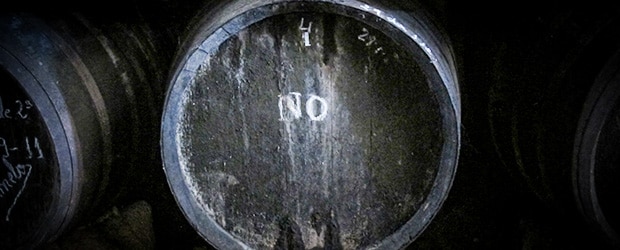
Bota NO
Bota Punta
A Bota Punta (or bota de punta) is a barrel located at the end of the lowest row of casks. There are several reasons why these casks can be different.
First of all, this cask is more prone to airflow within the bodega, because of its location at the far end of a row of casks. This means potentially more humidity, more yeast cells, or other environmental conditions. A good example is La Bota de Manzanilla #50, which is not only a Bota Punta but which also resides right next to the entrance doors of the Bodega La Guita in the Calle Misericordia. See the Equipo Navazos website for more background.
A second reason is the fact that most bodegas tend to treat the last butt differently. Instead of refreshing it from the first criadera, it is refreshed from the other butts within the solera row (making it a bota punta and a bota NO at the same time). This means it will age faster and have a higher rate of concentration. It has a kind of back-up function as well: at the time of bottling, a variable amount of wine from this bota can be taken out to balance the profile and match the house style. If you look at a row of casks as a palette of slightly different colours, then the Bota Punta is the darkest colour in the pack.
A third reason, especially in the case of Manzanilla and Fino, is the extra action that these barrels see. It’s far easier to access butts at the end of a row, so they will be picked more often for sampling or tasting purposes. A venencia going in and out of the cask will always have an effect on the layer of flor.
The influence of mites
Also, prune mites / dust mites / dried fruit mites are believed to play an interesting role (Carpoglyphus lactis). They live on top of sherry casks and the ones around the bung (stopper) can fall in when the cask is sampled or when the solera is refreshed. A higher access rate leads to more dust mites inside a bota punta. The mites and more specifically their digestive acids can have an impact on the taste: they add citrusy / zesty aromas to the wine, as well as a certain bitterness.


